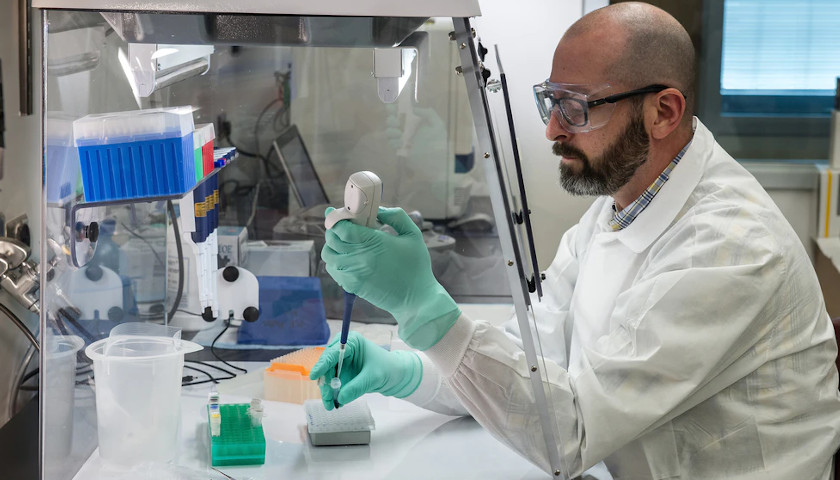A model by Vanderbilt University Medical Center says social distancing has brought Tennessee close to — but not close enough to — the point at which COVID-19 is being contained.
A briefing paper is available here.
The researchers, including Dr. John Graves, told media Friday that new CDC data shows the Wuhan infection transmission number may have been up to 5.7, and to contain an outbreak, the number must go below 1.
They recommend maintaining social distancing until there is a sustained drop in cases as well as reliable and fast testing and tracing of contacts.
We project future scenarios under three sets of assumptions: (1) if the progress to date is maintained (status quo scenario); (2) if the state achieves additional progress (additional reduction scenario); and (3) if the progress we have achieved gradually “unwinds” as social distancing policy is relaxed and is not met with additional strategies to keep the epidemic under control (lift scenario). It is important to emphasize that the lift scenario is intended highlight the high transmissibility of SARS-CoV-2 and how quickly a second wave of infection could arrive if additional mitigation strategies are not put in place to keep disease spread low in the absence of widespread social distancing
The worst-case says over 15,000 could need hospitalization by early May in a runway breakout; the middle-level assumes a peak in early June with about 5,000 hospitalizations; and the other assumes a mid-May peak with far fewer hospitalizations.
We assume that 4.5% of people who experience COVID-19 symptoms need inpatient hospital care.
Vanderbilt estimates the transmission number in Tennessee dropped from over 5 in mid-March to about 1.4 the week of April 6 because of social distancing.
The researchers compared their model to the well-known model by the Institute for Health Metrics and Evaluation (IHME) from the University of Washington.
They said IHME assumes Tennessee’s pandemic will match the experiences of Wuhan, China, and Italy, and says IHME measured the number of days from severe lockdowns to a peak in deaths. They said they believe Tennessee will have a different outcome, in part because the foreign nations had more extreme lockdowns.
They also said IHME measures all the states, and so is not focused solely on Tennessee, while their model uses Tennessee-specific data including the daily updates by the Tennessee Department of Health, which is here. Vanderbilt’s model also tracks the virus by regions of the state, which they said can help hospitals in those areas plan for their needs.
At this point in time we think there is considerable uncertainty in projecting deaths under our scenarios. First, we believe that, due to limitations in the availability of testing, the number of deaths due to COVID-19 is likely underreported at present. Second, while the average age of the initial set of cases in Tennessee was relatively young, the health of Tennesseans overall is below the national average.
Finally, it critical to emphasize that the real progress seen to date could reverse; premature easement of current policy without sufficient second-line strategies in place will likely cause progress to unravel. The underlying virus is highly infectious and social distancing has reduced the risk of infection but does not confer immunity to people who haven’t been infected yet.
A critical takeaway of our model is the importance of continued social distancing until we reach a sustained drop in cases. Any reduction in social distancing must be paired with reliable and speedy testing and contact tracing to keep disease spread under control.
Our model suggests that the Tennessee epidemic could have been sparked by as few as 10 people. Six weeks later we have 4,634 reported cases who have tested positive.






Good work, Vanderbilt. Just ignore the benighted people.
“Models,” “assumptions”, “considerable uncertainty”, “suggests”, “could have”, I’m beginning to see a pattern here. Thank you for your opinion. Can we get our lives back now?
I licked my finger and stuck it up this morning as I measured the trending direction of the COVID-19. The results of my model are that the Tennesseans should be freed from their virtual prison and allowed to go about their business in a responsible way. Do you hear me “king” Lee?